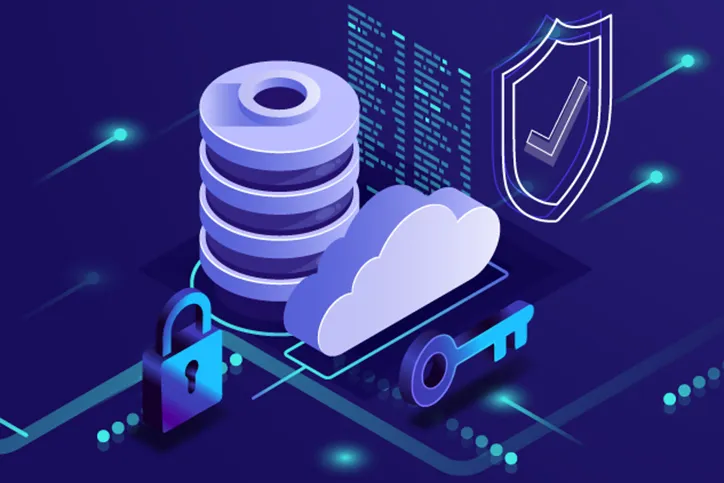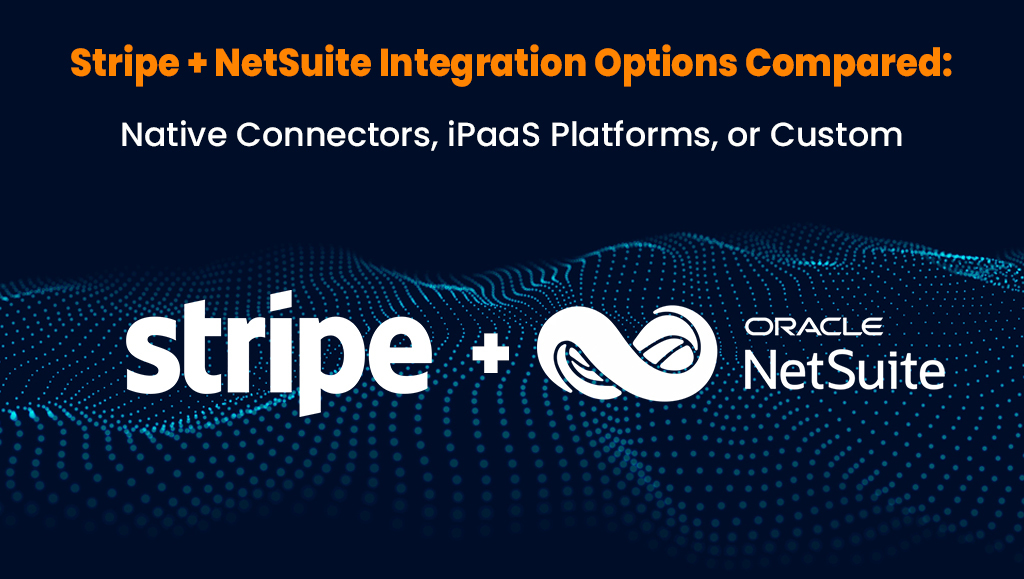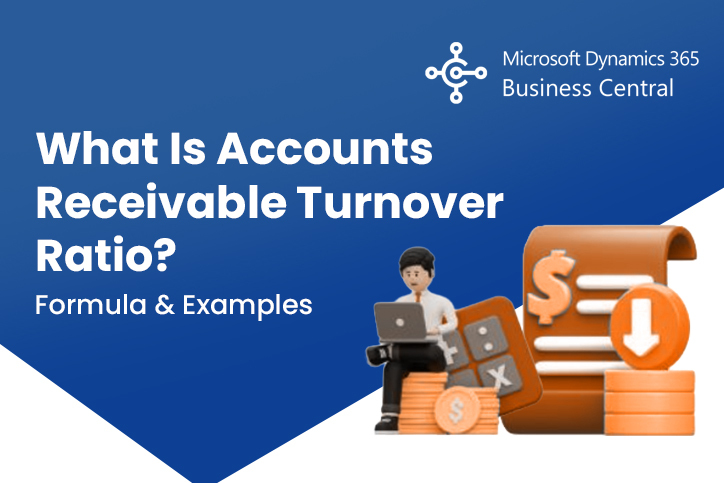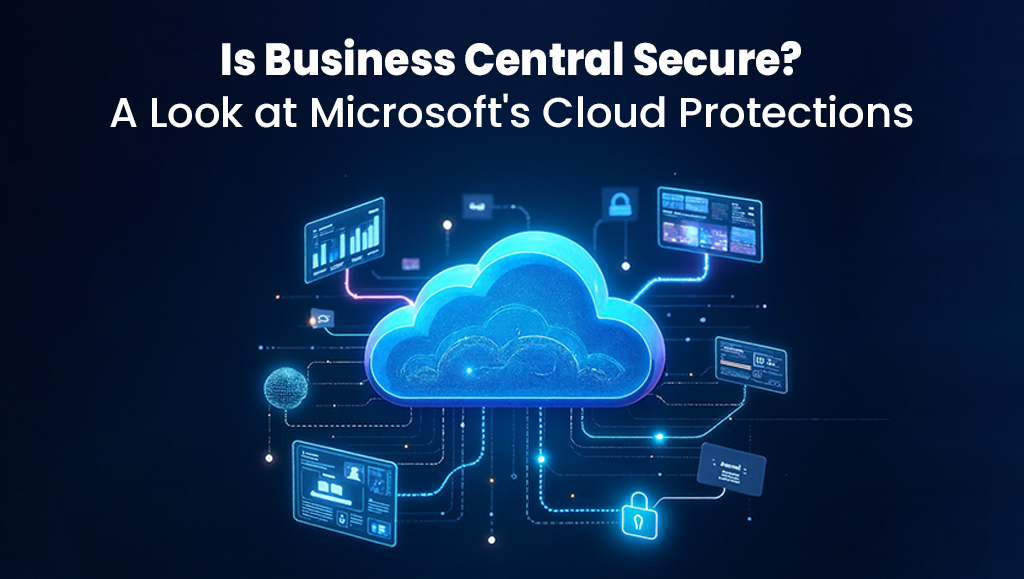Organizations are handling vast amounts of personal, financial, and proprietary data. Protecting these valuable resources from unauthorized access or malicious attacks requires strong security practices, especially when using the powerful database platform like Oracle Database. A single data breach can have severe consequences, including financial losses, reputational damage, and regulatory penalties. So, it is important to implement strong Oracle security practices to safeguard sensitive information. A secure database protects your data and ensures compliance with industry regulations like GDPR, HIPAA, or PCI DSS. This blog will explore the best practices for Oracle Database security and how SoftArt can help businesses enhance security.
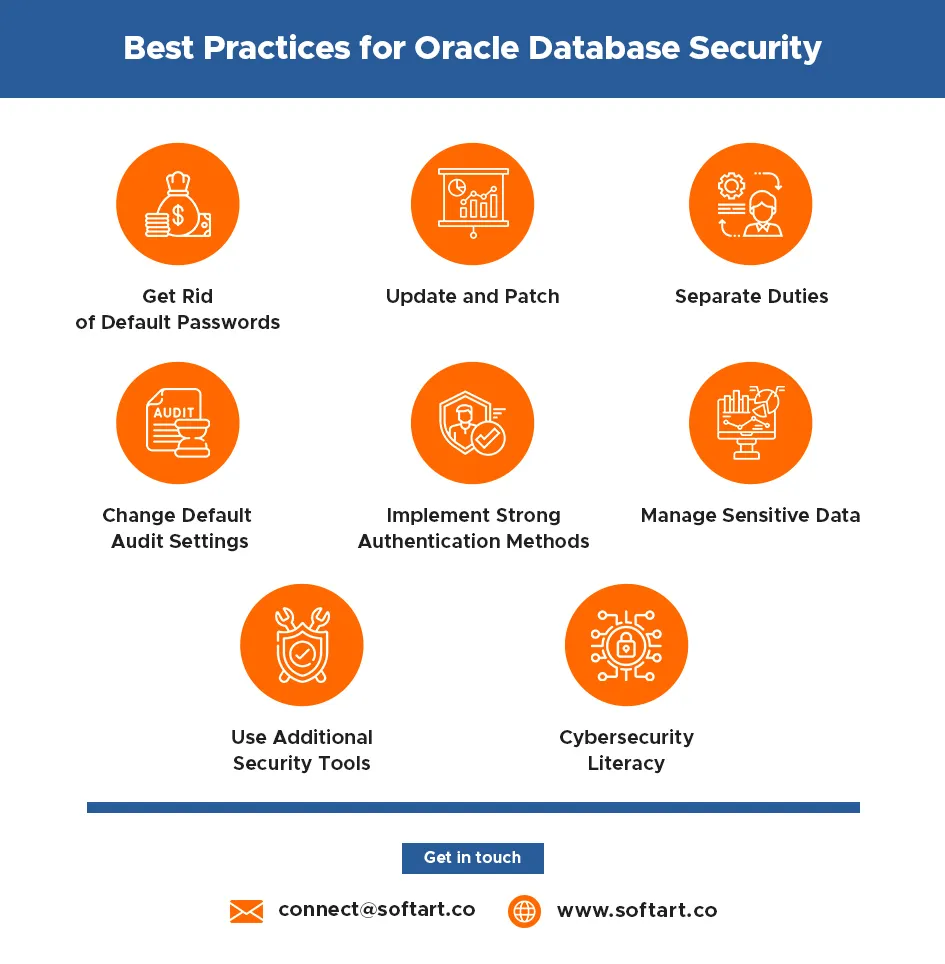
Best Practices for Oracle Database Security
Securing your Oracle Database requires a comprehensive approach involving proactive measures and using Oracle’s built-in security features. Here is a closer look at some of the most important database security best practices:
Get Rid of Default Passwords: Oracle databases come with pre-configured accounts and passwords, which are often familiar to hackers. For instance, by default, the “SYS” account can have a weak password like “oracle.” Replace these with strong, unique passwords, such as “A9$zYp#37k, ” combining upper and lowercase letters, numbers, and symbols. Passwords should include at least eight characters and expire every 60 days. Use multi-factor authentication (MFA), such as an additional code sent via SMS or generated through an authenticator app, to ensure access requires more than a password. Deactivate any default accounts that are not in use.
Update and Patch: Oracle regularly releases security patches to address vulnerabilities. For example, a recent security patch fixed a critical SQL injection vulnerability. Delaying or ignoring these updates could expose your database to known exploits. Implement a patch management process that promptly identifies, tests, and applies patches. Schedule downtime for non-critical systems during off-hours to minimize operational disruptions.
Separate Duties: Implementing the separation of duties minimizes the risk of unauthorized actions. For instance, a database administrator (DBA) should not have the ability to approve financial transactions. Instead, assign tasks like data approval to a different department. This way, even if the DBA account is compromised, sensitive data cannot be manipulated without another party’s approval.
Change Default Audit Settings: Default audit settings usually fail to capture important activities. For instance, the default setting might not log privilege changes, which is critical if someone gains elevated access. Customize audit logs to monitor important events like schema changes, failed login attempts, and privilege modifications. Review these logs regularly and set alerts for unusual patterns, such as repeated login failures.
Implement Strong Authentication Methods: Use advanced authentication protocols like Kerberos, PKI, and OAuth. For example, Kerberos issues time-limited “tickets” that validate user identity, preventing reuse by malicious actors. Role-Based Access Control (RBAC) limits users’ access to only the resources they need, reducing exposure. For instance, a financial analyst should only see financial data, not employee HR records.
Manage Sensitive Data: Classify your data based on sensitivity and apply encryption to highly sensitive data both at rest (e.g., data stored in a table) and in transit (e.g., data moving across networks). Use data masking to hide information like credit card numbers when accessed by unauthorized personnel. For example, show only the last four digits (e.g., **** **** **** 1234) to protect the full card number.
Use Additional Security Tools: Oracle Advanced Security provides Transparent Data Encryption (TDE) and data redaction to protect sensitive information. These Oracle database security tools encrypt database files to prevent unauthorized access, while data redaction replaces sensitive data with masked values in reports. Oracle Data Safe automatically detects vulnerabilities and offers suggestions for remediation, providing valuable insights for ongoing security improvements.
Cybersecurity Literacy: Educate employees about cybersecurity threats and best practices. As per the report of Harvard Business Review, over 300 million people are working remotely, and breaches due to insider threats are causing an average annual loss of $7.5 million to the organizations. So, educating your staff on recognizing phishing attempts, safe password practices, and secure handling of sensitive data is essential to minimize these risks.
How SoftArt Can Help
By following these best practices, your Oracle Database will have multiple layers of defense. But, implementing a robust security strategy is a complex task that requires specialized knowledge. At SoftArt, we offer comprehensive database administration support services to help businesses safeguard their data using the best Oracle security practices. Our team provides expert guidance, implements security tools, and monitors your database for any signs of vulnerability. Contact us today to strengthen your Oracle Database security and keep your data safe.
FAQs
Why is updating and patching so important?
Ans. Regular updates and patches fix known vulnerabilities, protecting your database from threats that could exploit these security gaps.
How does separating duties improve security?
Ans. Separating duties prevents any single person from having too much control, reducing the likelihood of unauthorized data manipulation or misuse.
What is the role of encryption in securing sensitive data?
Ans. Encryption ensures that data remains unreadable to unauthorized users, even if they access the storage or transmission channels.
How do audit logs help detect security threats?
Ans. Audit logs capture critical activities, allowing you to identify unusual behavior, such as multiple failed login attempts or sudden privilege changes.
How does implementing strong authentication methods protect the database?
Strong authentication methods like multi-factor authentication (MFA) and Kerberos ensure that only authorized users can access the database, adding extra verification steps to prevent unauthorized access even if a password is compromised.




